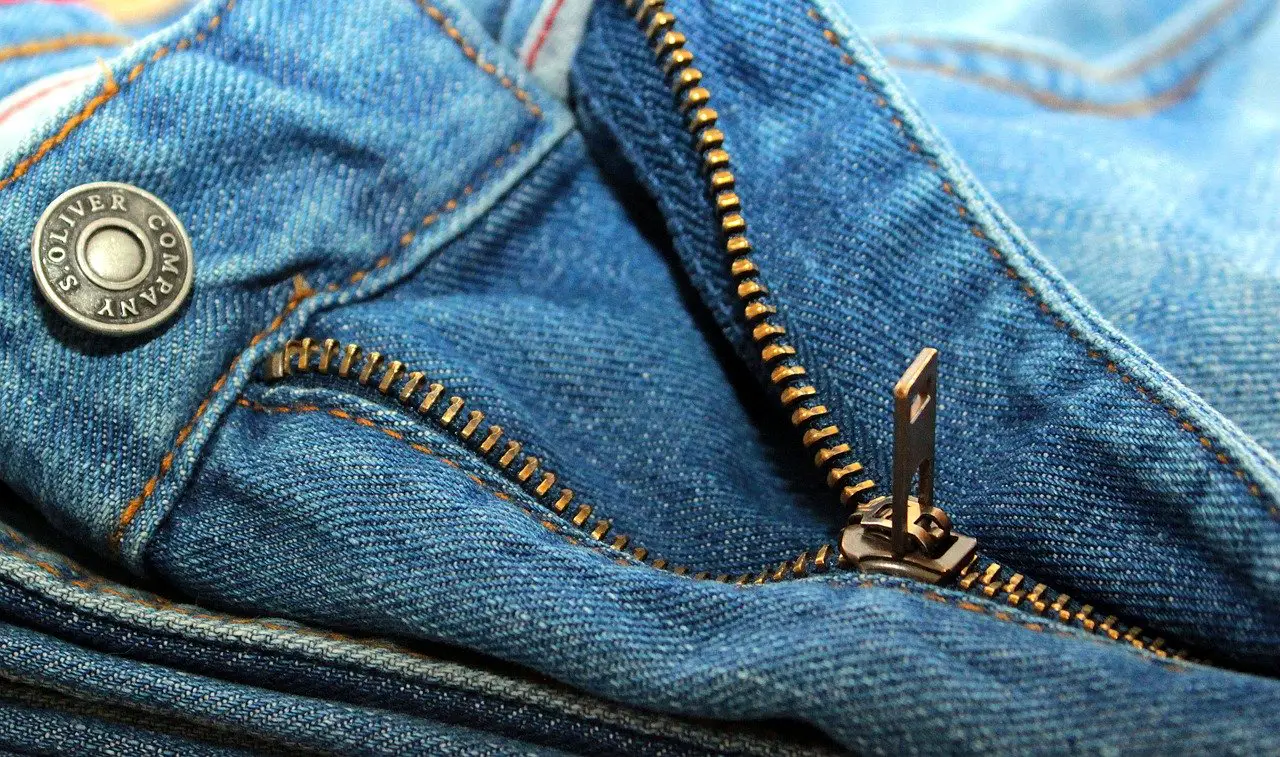Imagine a young woman in a tailored black and white striped shirt, complete with black ballet flats and tasteful red lipstick to complete the look; if she had a beret and a baguette, her Parisian-chic look would be a bit over the top.
Imagine a guy in an unbuttoned flannel layered on top of a band T-shirt and Vans.
Now, imagine a girl in a crisp button-up monogrammed shirt with long curled hair and tall leather boots.
Did the three people have anything in common? If you said yes, it was probably the fact that they were all wearing some sort of skinny jean.
It’s no secret that fashion comes and goes in cycles; with the recent surge in popularity of ’80s and ’90s staples like acid wash denim and an overall grunge aesthetic, it’s no wonder we’ve seen the VSCO girl and e-girl styles pop up.
Skinny jeans have their roots in breeches, which were popular among 18th century men, as they provided mobility and comfort, as well as bloomers, which were worn under women’s skirts. In the mid-1800s, what we know as blue jeans were born by placing rivets in denim work pants.
The 20th century saw the continuous rise of the skinny pant, as silhouettes became slimmer and slimmer. First, relaxed pants became normalized for women to wear during certain activities like sports and manual labor. Fitted fabric capris became popular.
Katharine Hepburn was an early advocate of all-day denim for women, becoming the first woman to wear pants in a major motion picture and wearing jeans on set. Eventually, other actresses – including Marilyn Monroe – picked up the trend and helped propel it into popularity.
Eventually, denim saw its heyday, and men and women alike adopted jeans.
Then, in the early 2000s, skinny jeans reached a pinnacle — the slim pants were everywhere. We experimented with high rise versus low rise, distressed denim, light washes versus dark washes and even colored jeans. Britney Spears and Justin Timberlake made denim an entire outfit at the American Music Awards. Jeans made their debut on red carpets, and stars like Keira Knightley and Ashley Tisdale rocked a few memorable looks.
Although many men initially received various forms of ridicule for wearing skinny jeans (as they were deemed too “feminine”), men’s pant silhouettes eventually tapered as well; Harry Styles was often seen sporting skinny jeans, showing younger generations that the style was for men too.
https://www.instagram.com/p/9JouIYjCS2/?utm_source=ig_web_copy_link
Skinny jeans were here to stay.
But it’s 2020 now, and the style — supposedly a day-to-day staple — has taken a step back from the limelight in favor of wide-legged styles, skater jeans, the revival of the mom jean, palazzo pants and trousers. Everlane’s wide leg pants have over four thousand reviews and a devoted number of fashion bloggers and influencers who swear by the quality of the pants. It seems like these looser styles are replacing the skinny jean as the go-to pant.
Why?
The obvious answer would be the natural ebb and flow of fashion; trends go in and out of style all the time.
But why now?
One reason could simply be comfort; wearing these looser styles is less constricting than skinny jeans, and they allow a much wider range of motion. Many researchers have shown the harmful effects of wearing too-tight jeans, particularly when sitting in them for prolonged periods of time, causing pressure in your joints and — in severe cases — nerve damage.
Alongside the health benefits, perhaps creativity contributes to the shift away from skinny jeans; experimenting with different silhouettes offers a variety of outfit choices, rather than switching shirts and shoes to put with the same pair of skinny jeans.
This creative variety applies to all genders. Women feel more comfortable wearing these freer styles, and there seems to be less pressure to wear jeans that show off a woman’s figure. Body neutrality plays an important factor here, as plus size and petite women have both taken to various looser styles and praised the pants despite thinking they could never wear them because of their body type.
Men’s silhouettes haven’t changed too much in the past few years, but that could be subject to change; Styles, who seems to be ahead of the curve when it comes to men’s fashion, has opted for wide-legged trousers, palazzo pants and flowing materials. The next few years may very well see a big shift for men’s fashion, as men begin to embrace styles that have traditionally been branded as too feminine.
https://www.instagram.com/p/B6FKm3-Hk2R/?utm_source=ig_web_copy_link
This exchange between feminine and masculine styles has contributed to androgynous fashion, creating a new hemisphere of self-expression. Whereas historically, there have been traditionally masculine and traditionally feminine styles, androgyny walks the imaginary line between the two. Banana Republic recently released their “Wear and Share” collection, which has been hailed as a gender-neutral triumph.
As we blur the line in fashion between what we think of as masculine and feminine, our idea of gender is quickly evolving as the traditional binary is rejected. Several parents have made headlines for the decision to raise their child as gender neutral. While some hail this decision as an empowering act of agency for the child, does it indicate the direction in which society is going when thinking about gender?
While wearing looser jeans doesn’t inherently make someone more androgynous and wearing skinny jeans doesn’t exclude someone from dressing androgynously, the move away from the figure-hugging staple indicates a hopeful transition to a world that is no longer hypermasculine or hyperfeminine.
This goodbye may not be forever, but for now, it seems the world is taking a break from skinny jeans.
















